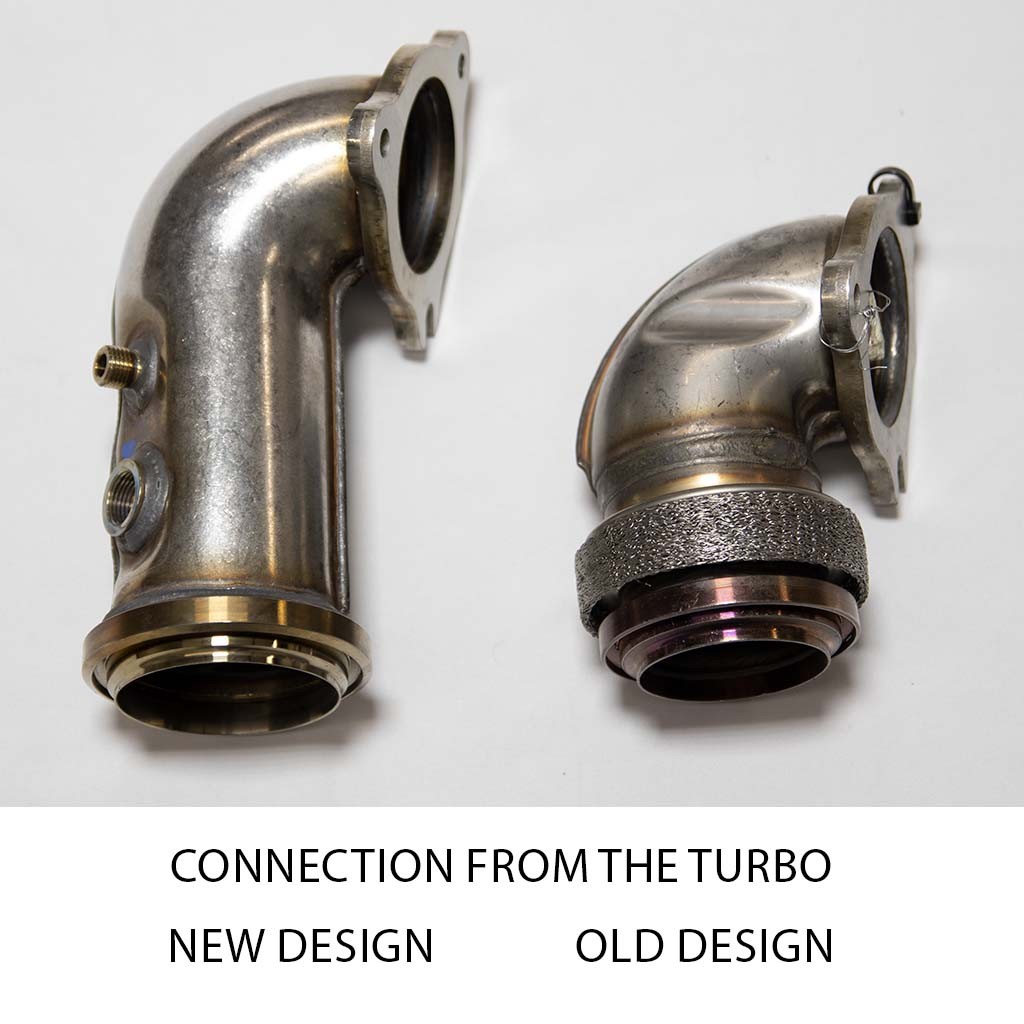The 2014 Jetta TDI is known for its fuel efficiency and torque, but the Diesel Particulate Filter (DPF) system can present challenges. A 2014 Jetta Tdi Dpf Delete offers a solution to these issues, potentially improving performance, reliability, and fuel economy. This article will explore the benefits, installation process, and important considerations associated with a DPF delete for your 2014 Jetta TDI.
Power and Performance Gains with a DPF Delete
A DPF delete, coupled with a proper tune, can significantly increase horsepower and torque in your 2014 Jetta TDI. Stock, the 2.0L TDI engine produces around 140 HP and 236 lb-ft of torque. With a DPF delete and a stage 2 tune, you can expect gains of up to 45 HP and 87 lb-ft of torque, resulting in a more responsive and powerful driving experience.
Improved Reliability and Reduced Maintenance
The DPF system is prone to clogging, especially in city driving conditions. A clogged DPF can lead to reduced performance, decreased fuel economy, and even costly repairs. By removing the DPF, you eliminate the risk of these issues and the associated maintenance costs. Additionally, a DPF delete can prevent problems with related components, such as the Exhaust Gas Temperature (EGT) sensors and the exhaust flap valve.
Installation and Tuning Requirements
Installing a DPF delete kit on a 2014 Jetta TDI requires some mechanical skill and specialized tools. While detailed installation guides are available, professional installation is recommended for those unfamiliar with automotive repair.
Critically, a DPF delete requires an Engine Control Module (ECM) tune. The tune adjusts the engine’s parameters to compensate for the missing DPF, preventing check engine lights and ensuring proper operation. Tuning options include bench flashing (sending your ECU to a tuner) or using a handheld device like Flashzilla.
Choosing the Right DPF Delete Kit and Exhaust Components
Various DPF delete kits and exhaust components are available, offering different levels of performance and sound. Options include:
- DPF Delete Downpipe: This is the core component of the delete kit, replacing the factory downpipe that houses the DPF.
- Midpipe: Options include a straight pipe for maximum flow and sound, a high-flow catalytic converter for emissions reduction, or a resonator for a more refined sound.
- Cat-Back Exhaust: Replaces the exhaust system from the catalytic converter back, further enhancing performance and sound.
Emissions and Legal Considerations
It’s crucial to understand that removing or tampering with emissions equipment is illegal for on-road use in the United States. DPF delete kits are intended for off-road or racing applications only. Check your local laws and regulations before installing a DPF delete kit.
Fuel Economy and Real-World Results
While a DPF delete can potentially improve fuel economy by reducing backpressure and allowing for more efficient combustion, individual results may vary. Factors such as driving style, tuning, and other modifications can influence fuel consumption.
Conclusion
A 2014 Jetta TDI DPF delete can offer significant performance and reliability benefits. However, it’s essential to consider the legal implications and ensure proper installation and tuning. Consult with a reputable TDI tuning specialist to determine the best solution for your needs and driving conditions. Always prioritize safety and adhere to all applicable laws and regulations.

